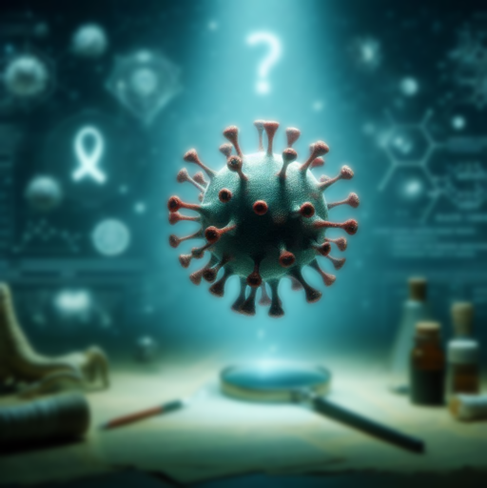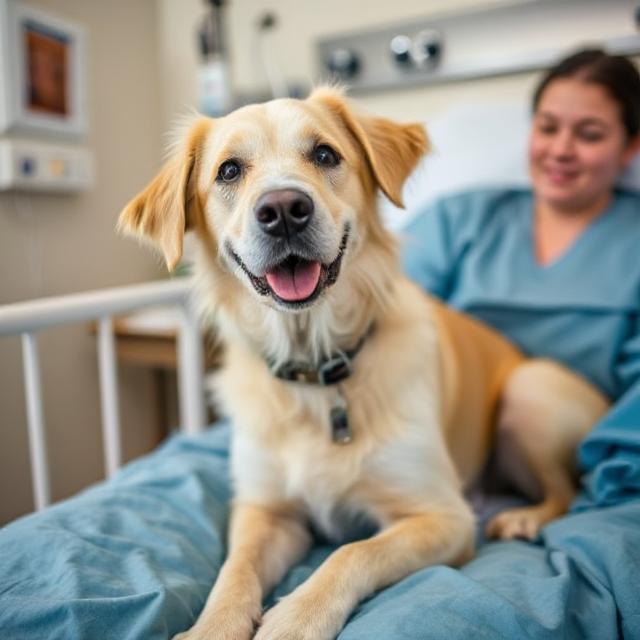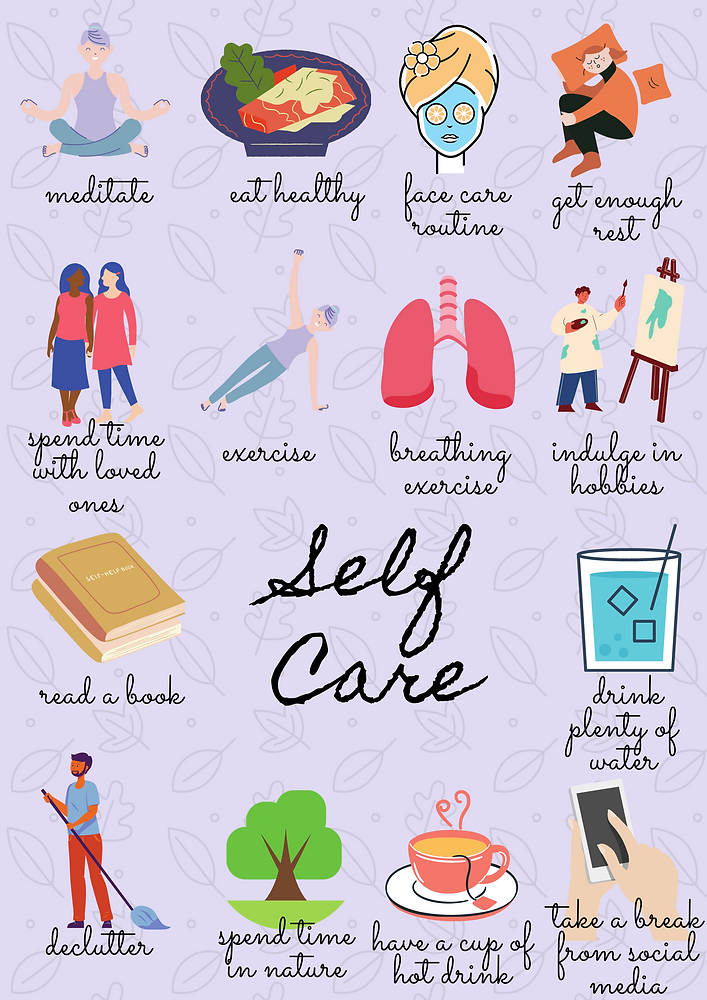Since the outbreak of COVID-19, people have been wondering: Where did it come from? Was it a lab accident? Or did nature, once again, remind us how fragile we are? The debate has been heated, with theories flying around. But the latest research is shedding light on a different suspect – wild animals in the bustling markets of Wuhan, China.
Discoveries from the Huanan Market
Florence Débarre, a scientist from the French National Center for Scientific Research, along with her team, dove deep into this mystery. They didn’t just take a guess—they examined over 800 samples from the Huanan seafood market in Wuhan, where it all began. But these samples weren’t just random scraps; they contained DNA from wild animals as well as traces of the virus that flipped our world upside down.
Among the animals identified were masked palm civets and civets, creatures that were also linked to the SARS outbreak back in the early 2000s. Débarre’s findings suggest that the virus may have jumped from these wild creatures to humans, potentially sparking the pandemic.
A Puzzle with Missing Pieces
Here’s the catch: scientists can’t say for sure if the animals were actually infected. Most of them had already been removed from the market by the time samples were taken. But the striking overlap between the areas where the virus and animal DNA were found is hard to ignore. It adds weight to the idea that live animal markets—especially crowded ones in cities—are perfect storm zones for viruses to leap from animals to humans.
What Comes Next?
Débarre and her team’s research points to a much bigger issue: live animal markets pose a serious health risk. These places, especially when packed into urban centers, are breeding grounds for diseases that could spill over to humans. COVID-19 may just be the latest example.
To avoid another pandemic, we need to rethink our relationship with wild animals. Reducing human-wildlife interactions, especially in these markets, could be key to preventing the next global health crisis. Staying informed and making smarter choices might just save us from another deadly outbreak.
Be aware and let’s keep an eye on the lessons that nature keeps teaching us!




